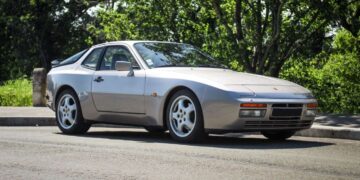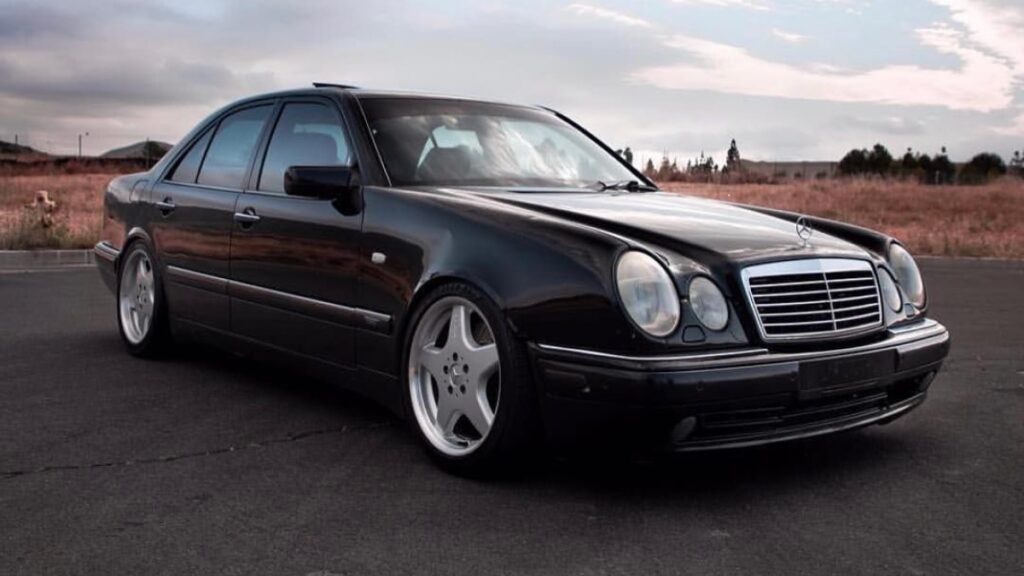Classical automobiles are becoming increasingly popular as investments. Not every classic car is suitable as a strategic investment, of course. The growth rates for grandfather’s old Opel Rekord Diesel are limited. Former mass-produced cars such as the VW Golf II or Audi 80 (B3, B4) are not becoming sought-after classics simply because of their age.
A Golf with plenty of horsepower under the hood, by contrast, is attractive, for instance, as a GTI. And not every Audi 80 is a bore either. For one, the coupe version of the B3 has become highly sought-after among collectors. The result: The Audi Coupé Quattro 2.3 20V (1988 to 1992) market value has nearly doubled in the past five years.
Generally nippy youngtimers from the late 1980s and early 1990s have recently seen particularly strong increases in value. Why are models like the BMW 5 Series E34, Mercedes W124 or even the Volvo 850 T5-R so attractive?
On the one hand, this is because those who thought these cars were great in their youth want to buy back a piece of that youth – and are now financially able to do so. For these customers, it’s all about the driving pleasure and not about tinkering with the old darlings themselves. They’d therefore rather buy a car in good condition now and pay more money for it than if in a few years there are only restoration objects left on the market.
Automobiles from the 80s and 90s not only stand for driving fun; they are also suitable for everyday use and relatively wrench-friendly. Starting in the noughties, many models went into electronic overkill. In the following are seven classics that have seen particularly strong gains in value over the past five years.
Mercedes’ W210 series is gradually recovering from its bad image. Serious rust problems plagued the E-Class of the nineties. In addition, the car was said to have electronic problems and inferior materials due to the company’s internal cost-cutting drive. Market prices for the W210 were and still are pretty much in the cellar – at least compared to those of its popular predecessor, the W124.
But Mercedes W210s with good engines and fine equipment are now becoming insiders’ tips for youngtimers. This is because the E-Class with the four-eyed face offers S-Class-level comfort and spaciousness. Experts go straight for the V8 models, explaining the rising prices. Even an E 420 or 430 offers a hefty 279 hp. The AMG versions such as the E50 or E55 are even more powerful, offering around 350 hp. For good examples, you have to shell out over 15,000 euros in the meantime. However, this is still a bargain with a new price of around 150,000 marks.
You have to pay attention to this:
- Renew the timing chain guide rails on V8s at around 200,000 kilometers.
- A loud clacking noise indicates a malfunctioning hydraulic tappet.
- Be careful of maintenance backlogs; AMG-specific replacement parts, in particular, are expensive.
- Check bodywork, underbody, engine mounts and suspension strut mounts for corrosion.
Also Read:


















































Discussion about this post